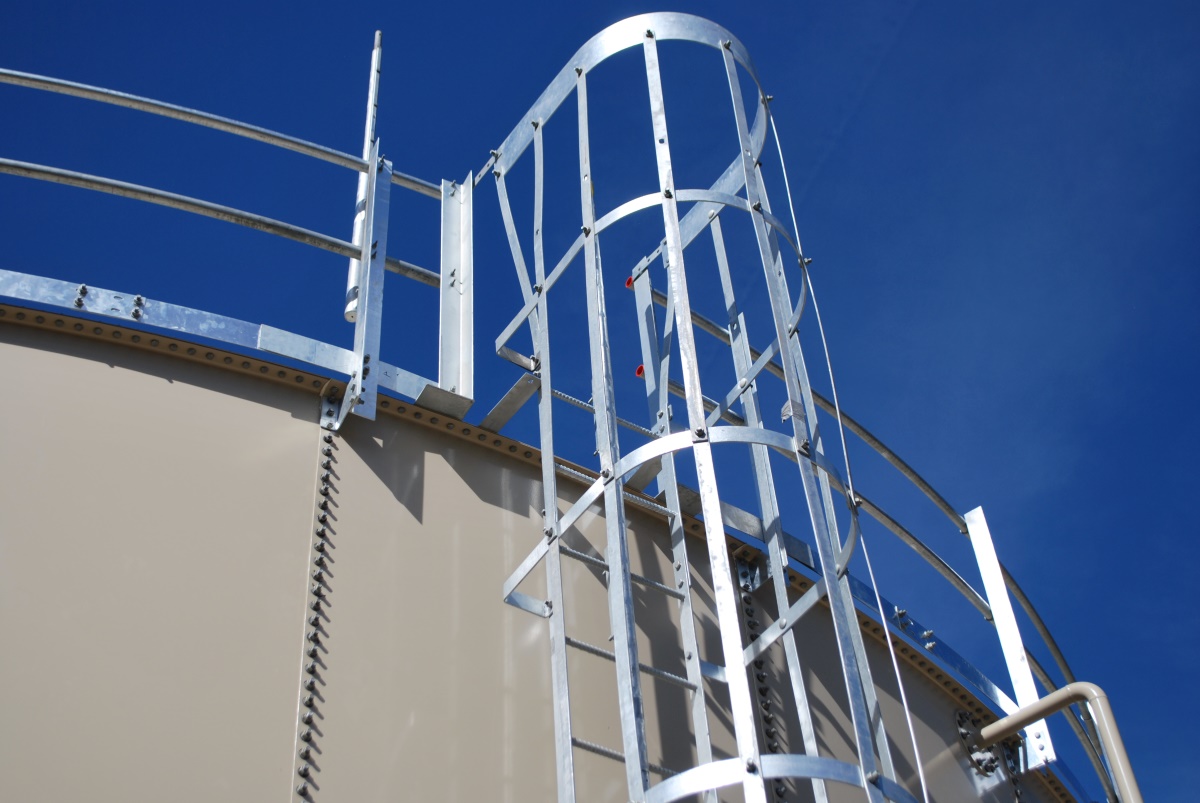

Articles
When Is A Cage Required On A Fixed Ladder
Modified: December 7, 2023
Find out when a cage is required on a fixed ladder in this informative article. Learn about safety regulations and guidelines for ladder usage.
(Many of the links in this article redirect to a specific reviewed product. Your purchase of these products through affiliate links helps to generate commission for Storables.com, at no extra cost. Learn more)
Introduction
Fixed ladders play a crucial role in providing access to elevated areas in various settings, such as industrial facilities, construction sites, and commercial buildings. However, ensuring the safety of individuals using these ladders is of utmost importance. One significant aspect of ladder safety is the requirement for cages on fixed ladders.
In this article, we will delve into the details of when a cage is required on a fixed ladder, exceptions to the cage requirement, and alternative safety measures. By understanding the legal obligations and safety considerations surrounding fixed ladder cages, employers and safety professionals can make informed decisions to protect their workers and comply with regulations.
Key Takeaways:
- Fixed ladders over 20 feet require cages, but new regulations favor ladder safety systems. Employers must stay informed and implement alternative fall protection measures to ensure worker safety and compliance.
- Safety considerations for fixed ladders without cages include user training, regular inspections, proper lighting, maintenance, and emergency planning. Prioritizing ladder safety is crucial for preventing accidents and promoting a culture of safety.
Read more: When Is A Ladder Required In An Excavation
Overview of Fixed Ladders
Fixed ladders are vertical structures that are permanently affixed to a building or structure, providing access to elevated areas. They consist of individual rungs or steps attached to side rails, allowing individuals to climb up or down.
Fixed ladders come in various designs and materials, including metal, fiberglass, or wood, depending on the specific application and environment. They are commonly found in facilities where frequent access to rooftops, mezzanines, or equipment is necessary.
Unlike portable ladders that can be moved and adjusted as needed, fixed ladders are permanently installed and have a fixed height. This means that safety precautions, such as cages, are often required to protect individuals from potential falls.
It is important to note that fixed ladders should be designed, installed, and maintained in compliance with relevant safety regulations and standards, such as those established by the Occupational Safety and Health Administration (OSHA) in the United States. These guidelines aim to minimize the risk of accidents and injuries associated with ladder use.
Now that we have a general understanding of fixed ladders, let’s explore the legal requirements for fixed ladders in more detail.
Legal Requirements for Fixed Ladders
Regulatory bodies, such as OSHA, have established specific requirements for fixed ladders to ensure the safety of workers and prevent accidents. Compliance with these requirements is essential for employers and building owners to create a safe working environment.
According to OSHA standards, fixed ladders must meet certain criteria to be considered safe and compliant. Some of the key requirements include:
- Design and Construction: Fixed ladders should be designed and constructed to be structurally sound, capable of supporting the intended load, and resistant to corrosion and other environmental factors.
- Clearance: There should be adequate clearance around the ladder to ensure safe access and egress. The space between the ladder rungs and any obstructions should be at least 7 inches (17.8 cm).
- Side Rails: Fixed ladders must have side rails on both sides for safe climbing and descending. The side rails should be continuous, without any interruptions, and capable of providing a secure handhold.
- Step/Rung Spacing: The spacing between ladder rungs or steps should be uniform and not exceed 12 inches (30.5 cm) between centers. This ensures a comfortable and stable foothold for users.
- Ladder Access: Access to fixed ladders should be adequately protected and clearly marked to prevent unauthorized use. Employers must ensure that ladders are easily accessible, properly maintained, and regularly inspected.
While following these requirements is critical, the need for cages on fixed ladders depends on certain factors, which we will discuss in the next section.
It is important for employers and safety professionals to familiarize themselves with the specific regulations governing fixed ladders in their respective countries or regions. Compliance with these regulations not only ensures the safety and well-being of workers but also helps businesses avoid potential fines and legal issues.
When a Cage is Required on a Fixed Ladder
The inclusion of cages on fixed ladders is a crucial safety measure aimed at preventing falls and protecting individuals accessing elevated areas. However, the determination of whether a cage is required depends on the height of the ladder and other specific factors.
According to OSHA regulations, a cage is typically required on a fixed ladder if it exceeds a height of 20 feet (6.1 meters). The cage acts as a barrier, enclosing the ladder rungs and providing an extra layer of protection against falls.
The cage must extend at least 42 inches (106.7 cm) above the top rung or landing platform. It should also extend to a minimum distance of 27 inches (68.6 cm) but no more than 30 inches (76.2 cm) from the centerline of the rungs.
In addition to the height requirement, other factors may influence the need for a cage on a fixed ladder. These factors include the type of work being conducted, the location of the ladder, and the presence of other safety measures.
It is important to note that while cages have been a long-standing requirement for fixed ladders, OSHA has updated its regulations. As of November 18, 2018, for new fixed ladder installations, OSHA requires the use of ladder safety systems or personal fall arrest systems rather than cages. These systems provide enhanced fall protection and are considered more effective than cages alone.
However, for existing fixed ladders that were installed before November 18, 2018, cages can still be used as a means of fall protection. It is crucial to review and comply with the specific regulations in your jurisdiction to ensure the appropriate safety measures are in place.
In the next section, we will explore exceptions to the cage requirement on fixed ladders.
A cage is required on a fixed ladder when the ladder is over 20 feet high. The cage must extend at least 42 inches above the top landing and be continuous from the top to the bottom of the ladder.
Exceptions to the Cage Requirement
While cages are typically required on fixed ladders exceeding a height of 20 feet, there are certain exceptions where cages are not mandatory. These exceptions are outlined by regulatory bodies, such as OSHA, and depend on specific circumstances and alternative safety measures.
One exception to the cage requirement is when a fixed ladder is equipped with a ladder safety system or personal fall arrest system. These systems provide effective fall protection and are considered to be safer alternatives to cages. Ladder safety systems may include vertical lifelines, ladder davits, or self-retracting lifelines that allow workers to be securely tied off during ascent or descent.
Another exception is when the fixed ladder is used in combination with a designated landing platform. A landing platform serves as a resting point or transition between ladder sections, reducing the risk of fatigue and providing a safer environment for workers. In such cases, a cage may not be required if the ladder extends less than 30 feet and there are no structural or other obstructions on the landing platform.
Similarly, when a fixed ladder is located inside a well that provides permanent protection on all exposed sides, a cage may not be necessary. The well acts as a physical barrier, preventing access to the ladder and reducing the risk of falls.
It is important to note that these exceptions are subject to specific criteria and requirements outlined by regulatory authorities. Employers and safety professionals should thoroughly review and comply with the applicable regulations in their jurisdiction to ensure compliance and adequate fall protection measures.
In the following section, we will explore alternative safety measures to cages on fixed ladders.
Read more: When Is Fall Protection Required On A Ladder
Alternatives to Cages on Fixed Ladders
While cages have been a traditional safety measure on fixed ladders, regulatory bodies now emphasize the use of alternative fall protection systems. These alternatives provide enhanced safety and are considered more effective in preventing falls. Here are some common alternatives to cages on fixed ladders:
Ladder Safety Systems: Ladder safety systems, such as vertical lifelines, ladder davits, or self-retracting lifelines, are widely used as alternatives to cages. These systems allow workers to be securely attached to the ladder, providing continuous fall protection during ascent or descent.
Personal Fall Arrest Systems (PFAS): PFAS, consisting of a full-body harness, a shock-absorbing lanyard, and an anchor point, are highly effective in preventing falls. This system allows workers to be securely attached to an anchor point, providing protection in the event of a fall.
Guardrails and Handrails: Installing guardrails and handrails on fixed ladders can provide a level of fall protection. Guardrails serve as a physical barrier along the sides of the ladder, while handrails offer a secure handhold for users.
Climbing Devices: Some fixed ladders may be equipped with climbing devices, such as ladder ascenders or ladder climbing systems. These devices assist climbers in ascending or descending the ladder safely, reducing the risk of falls.
It is essential to note that the selection of the appropriate alternative to cages depends on various factors, including the specific application, height of the ladder, and regulatory requirements. Employers and safety professionals should carefully evaluate their options and choose the system that best suits their specific needs and provides maximum fall protection.
In the next section, we will discuss important safety considerations to keep in mind when fixed ladders do not have cages or when alternative systems are used.
Safety Considerations for Fixed Ladders without Cages
When fixed ladders do not have cages or when alternative fall protection systems are used, it is crucial to address several safety considerations to ensure the well-being of workers. Here are some important factors to keep in mind:
User Training: Proper training in ladder safety and fall protection is essential for individuals who will be using the fixed ladder. Workers should be educated on how to safely ascend, descend, and maintain their balance on the ladder. Training should also cover the proper use of any alternative fall protection systems or devices that are in place.
Regular Inspections: Fixed ladders without cages should be regularly inspected for any signs of damage, corrosion, or wear. Inspections should be conducted by a qualified individual to identify any potential hazards and ensure the ladder remains in good working condition.
Visual Indicators: Install visual indicators, such as warning signs or labels, to clearly communicate the presence of a fixed ladder and remind individuals to use caution when climbing or descending. These indicators can help increase awareness of ladder safety and reduce the risk of accidents.
Proper Lighting: Ensure that the area surrounding the fixed ladder is well-lit, especially during periods of low visibility. Adequate lighting increases visibility and decreases the likelihood of slips, trips, and falls while using the ladder.
Regular Maintenance: Implement a structured maintenance program to address any issues or defects on the fixed ladder promptly. This includes regular cleaning, lubrication of moving parts, and repair of any damaged components.
Emergency Planning and Rescue: Have a comprehensive emergency plan in place that includes procedures for safely evacuating individuals in the event of an emergency. It is essential to consider how to safely remove workers from the fixed ladder without cages or with alternative fall protection systems in place.
By addressing these safety considerations, employers can help mitigate the risks associated with fixed ladders without cages or with alternative fall protection systems.
Let’s now conclude our discussion on the requirements and considerations for fixed ladders without cages.
Conclusion
Fixed ladders are essential in providing vertical access to elevated areas in various industries. When it comes to ensuring ladder safety, the use of cages on fixed ladders has been a long-standing requirement. However, recent regulations highlight the importance of alternative fall protection systems that offer enhanced safety measures.
Understanding the legal requirements for fixed ladders, including the height threshold that determines the need for cages, is crucial for employers and safety professionals. Compliance with these requirements protects workers and helps avoid potential fines and legal issues.
Exceptions to the cage requirement exist, such as the use of ladder safety systems, designated landing platforms, and well-protected ladders. These alternatives provide effective fall protection in specific circumstances.
When fixed ladders do not have cages or when alternative systems are used, it is essential to address various safety considerations. User training, regular inspections, proper lighting, and regular maintenance are all key factors in ensuring ladder safety.
Ultimately, the goal is to provide a safe work environment for individuals accessing elevated areas. By staying informed about the regulations governing fixed ladders and implementing appropriate safety measures, employers can protect their workers from potential falls and create a culture of safety.
Remember, ladder safety is an ongoing process that requires continuous training, inspection, and maintenance. By prioritizing ladder safety, we can prevent accidents and promote the well-being of all those who use fixed ladders in their day-to-day work.
Frequently Asked Questions about When Is A Cage Required On A Fixed Ladder
Was this page helpful?
At Storables.com, we guarantee accurate and reliable information. Our content, validated by Expert Board Contributors, is crafted following stringent Editorial Policies. We're committed to providing you with well-researched, expert-backed insights for all your informational needs.
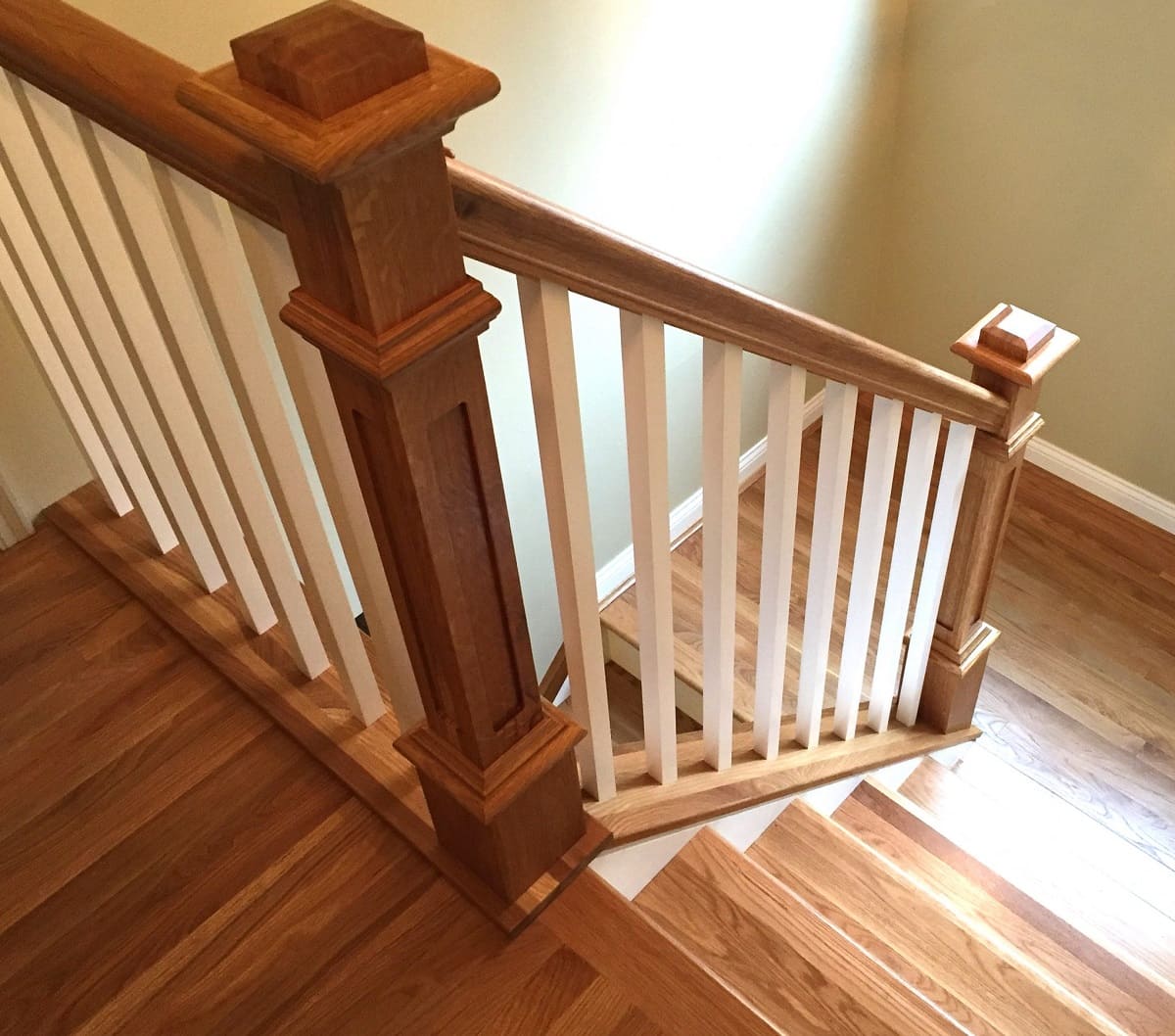
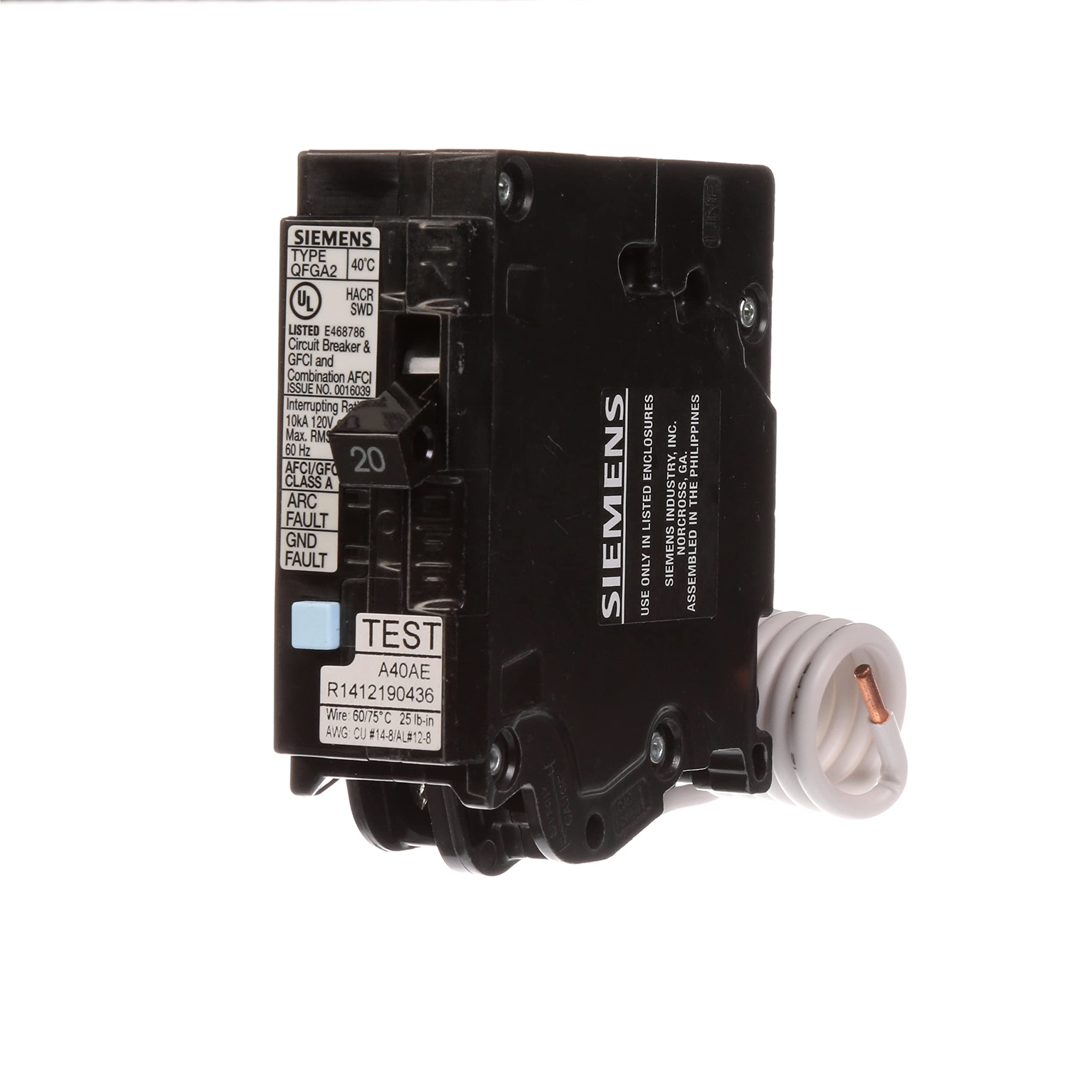

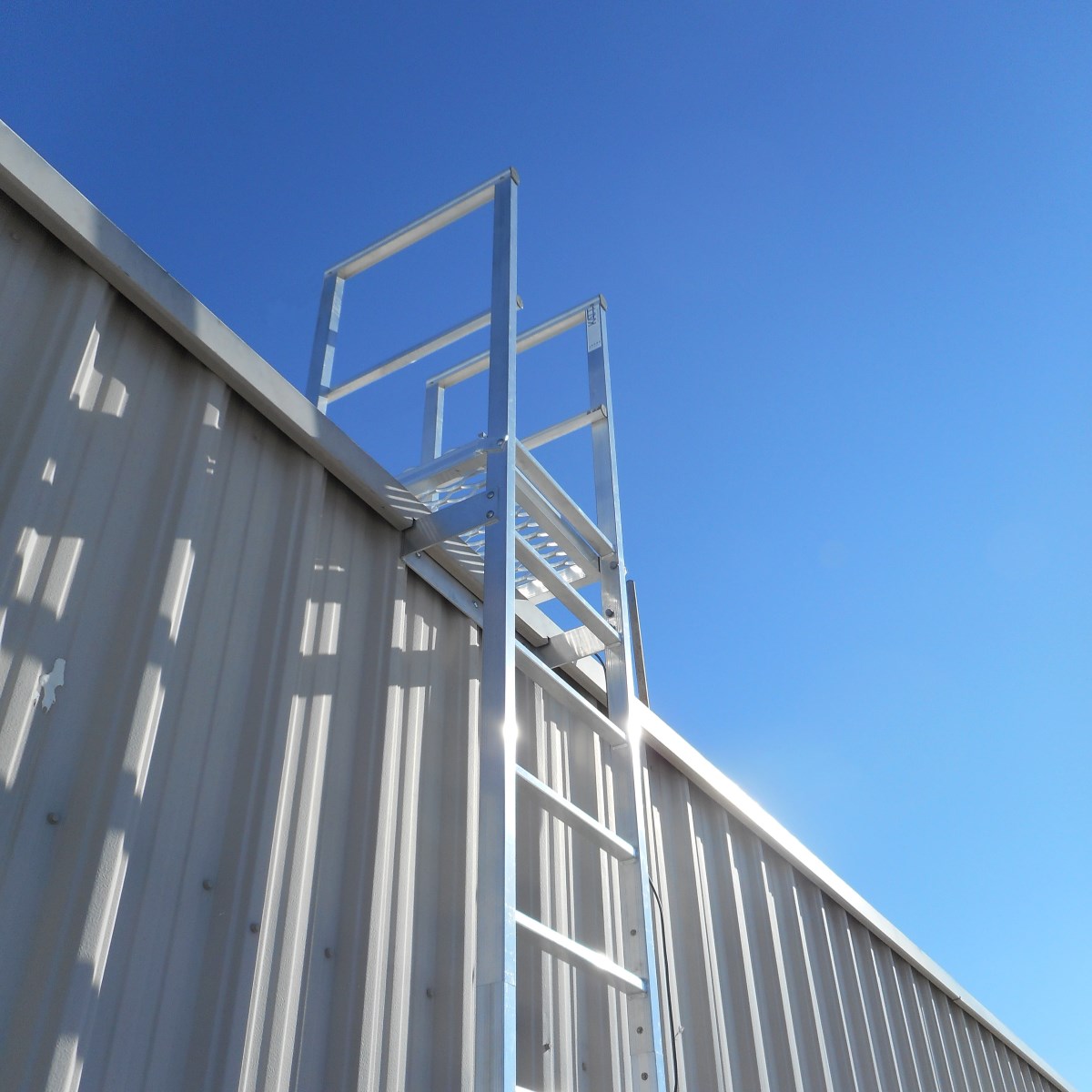
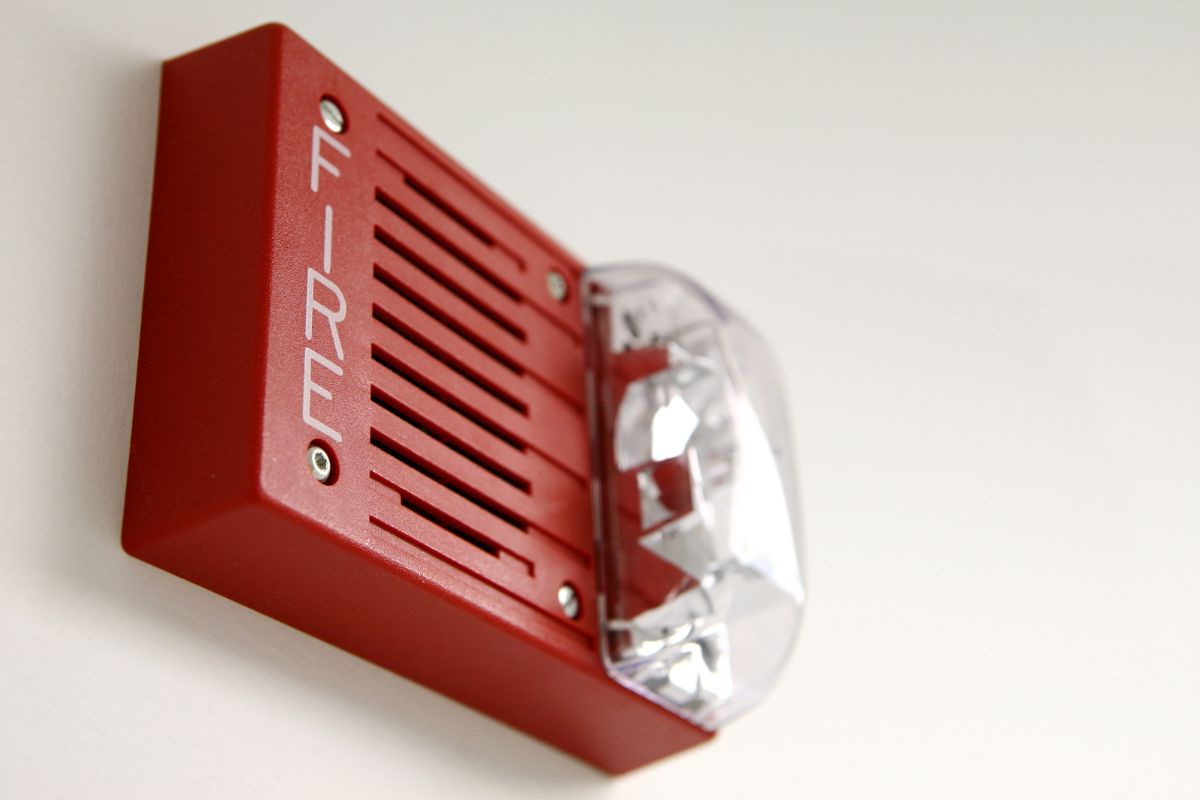


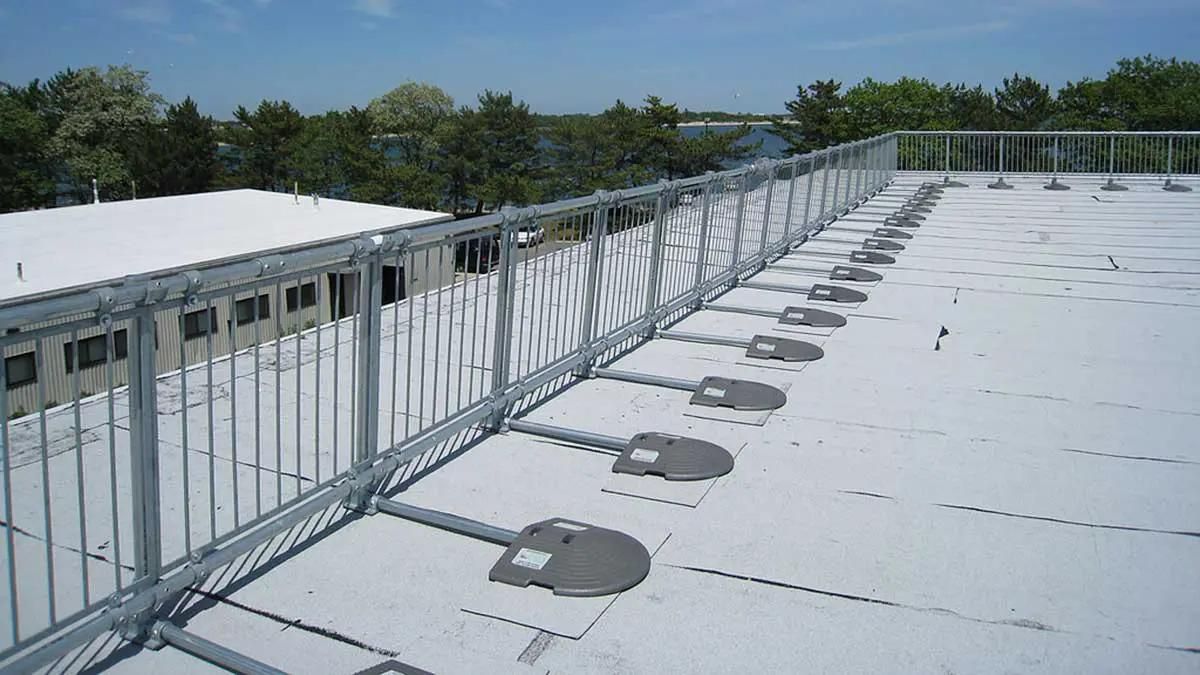

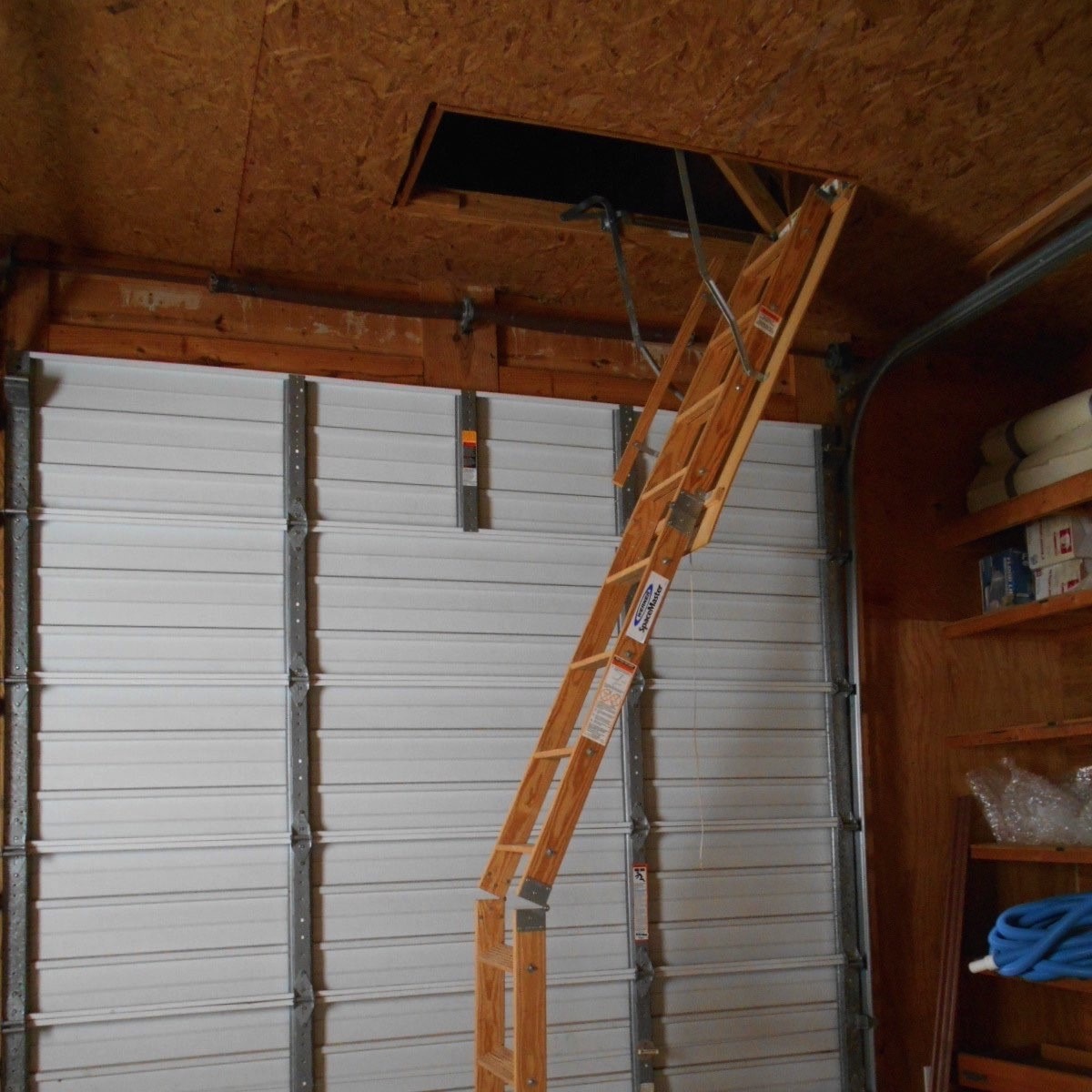

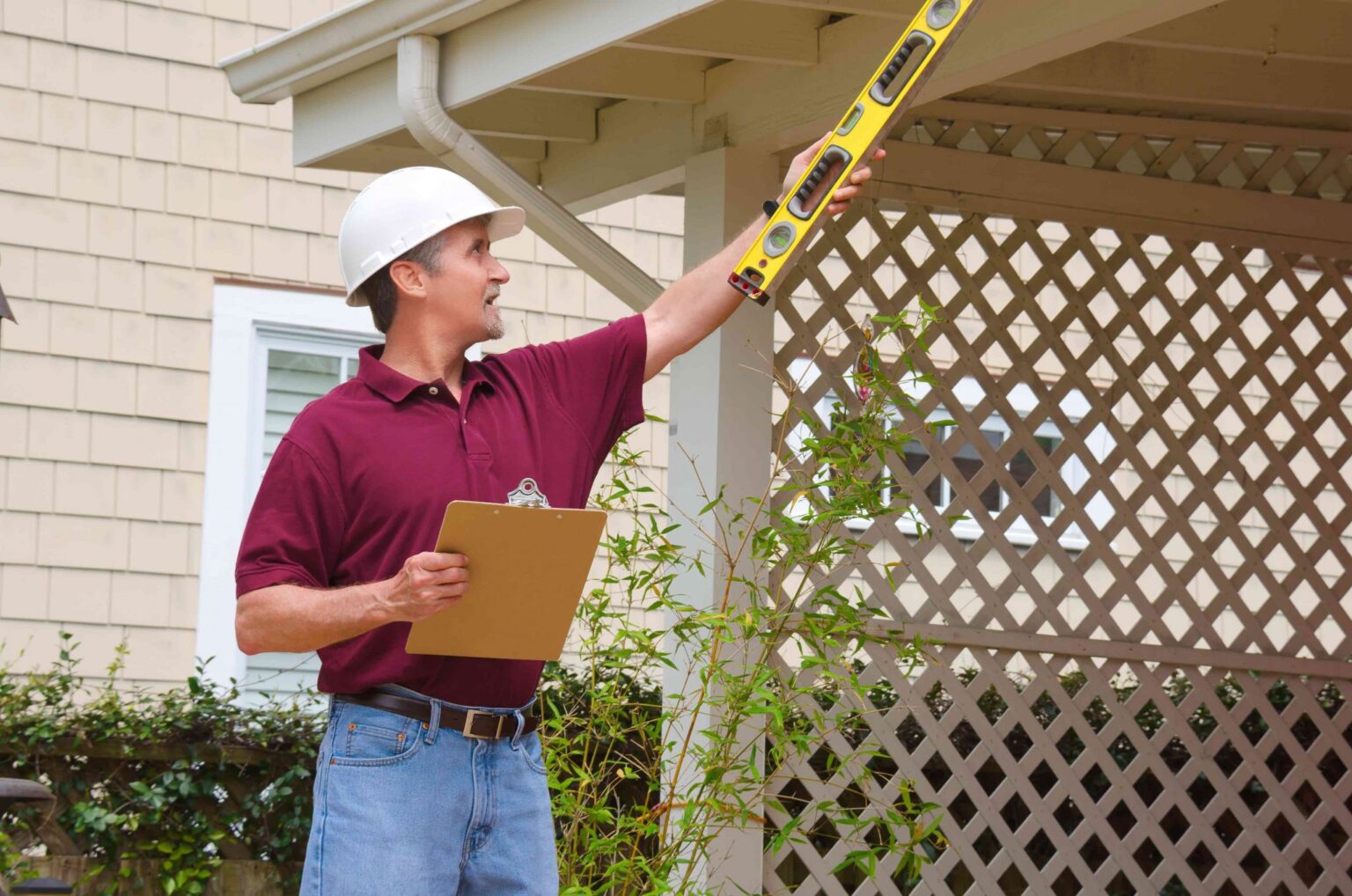

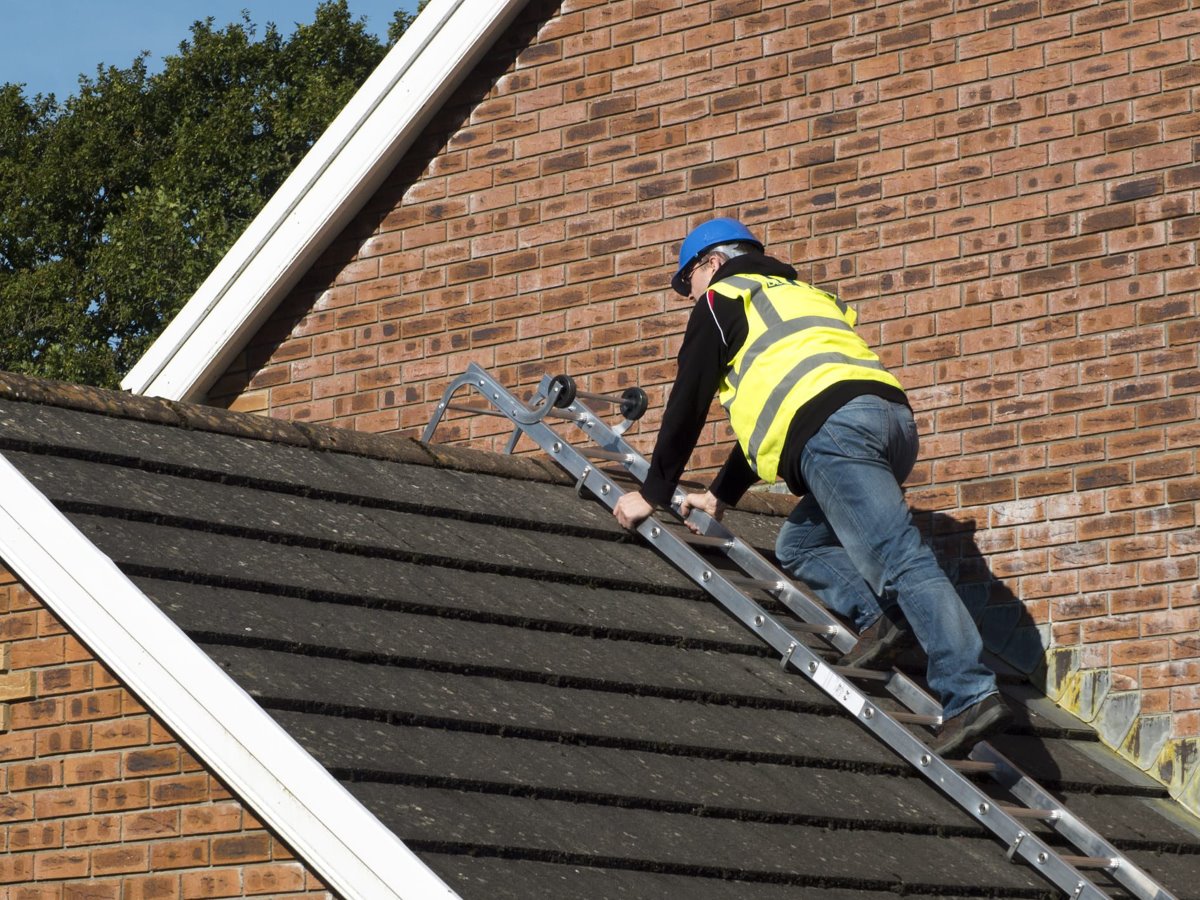

0 thoughts on “When Is A Cage Required On A Fixed Ladder”